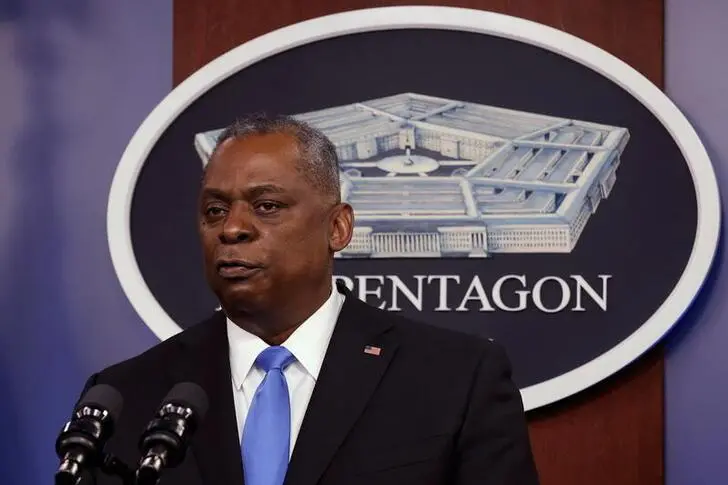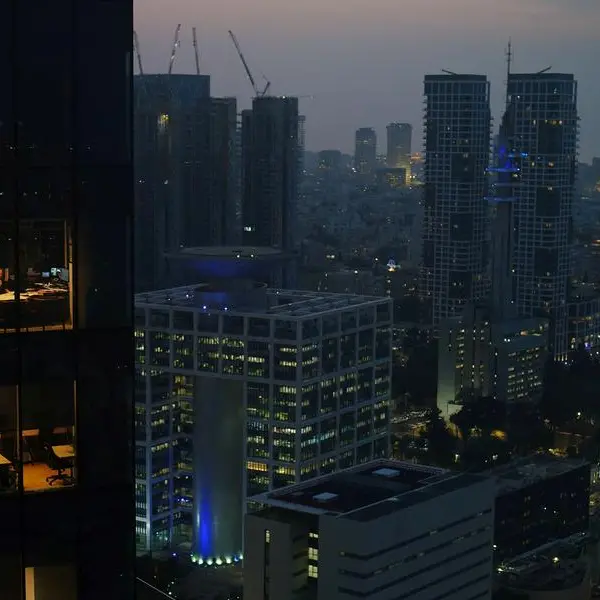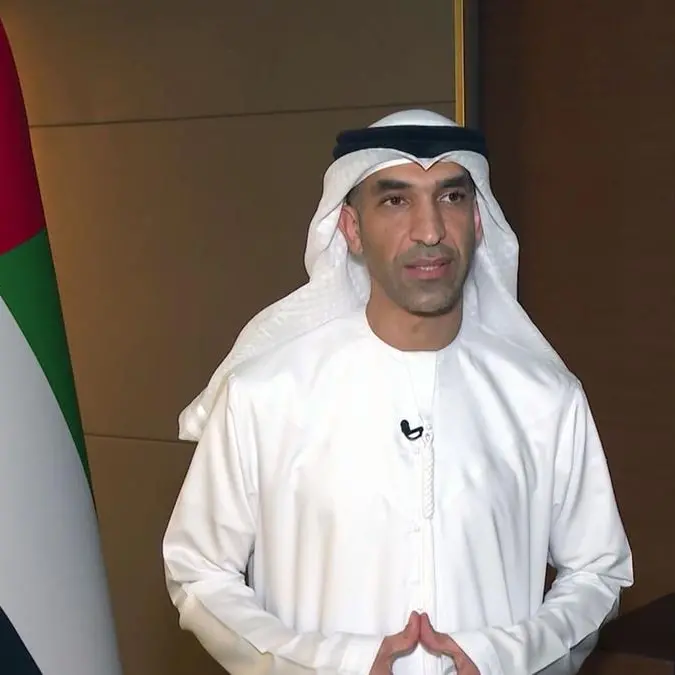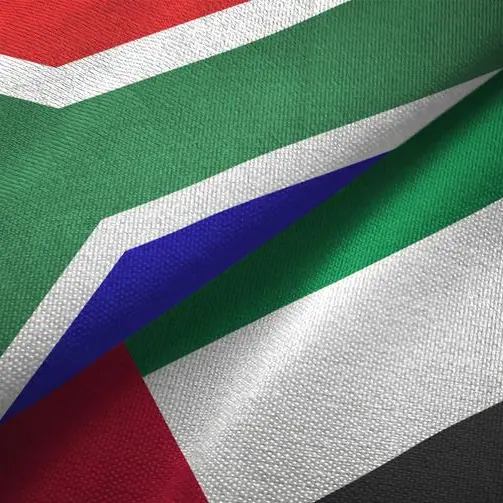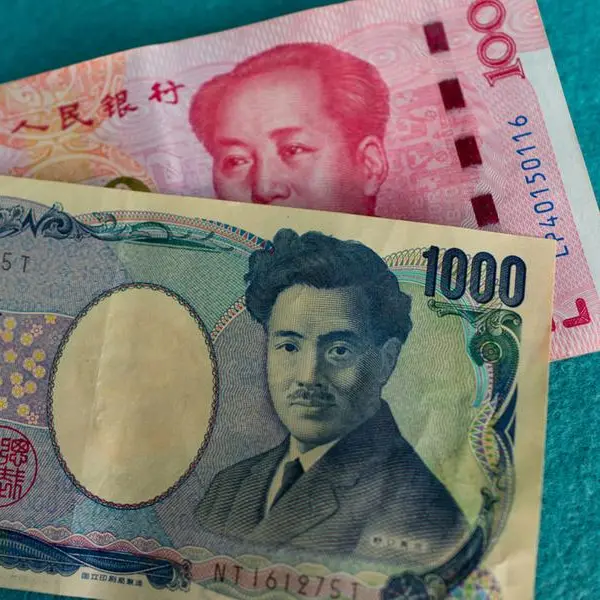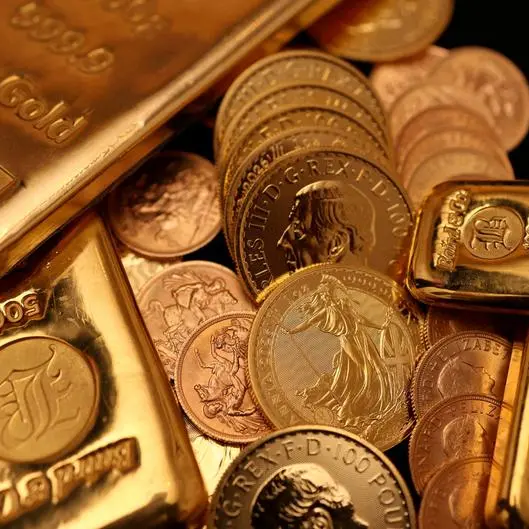PHOTO
US Defense Secretary Lloyd Austin will this weekend make the first visit by the Biden team to India. His trip, which runs from Friday until Sunday, will underline the fast-growing security partnership between the world’s two largest democracies, but a key question is whether economic ties will flourish to a similar extent.
It was only in 2016 that New Delhi was officially declared a major US defense partner. US-India security deals have grown massively in the period since then, from close to zero in 2008 to an estimated $20 billion today.
It is no surprise, therefore, that among the key items on the agenda between Austin and his Indian counterpart Rajnath Singh, along with other senior national security leaders, are several big ticket defense deals, including a proposal for 30 armed drones, estimated to be worth more than $3 billion. Last November, the Indian Navy inducted two MQ-9B Sea Guardian unarmed drones leased from Washington for a year, while New Delhi is also looking to buy six additional P-8I long-range maritime patrol aircraft to add to the 12 already contracted.
With India intent on upgrading its defense equipment, the US is keen to deliver this ahead of other nations. Indeed, one of the remaining irritants in the Washington-New Delhi dialogue in recent years has been US threats to levy sanctions if India continues to buy Russian military equipment.
The next steps in this partnership could see greater information sharing and the US allowing India access to cutting-edge technology in robotics, artificial intelligence and even unmanned fighter jets. At present, the two countries are running separate programs for making unmanned jets.
Moreover, there has been an increase in joint US-Indian military exercises. Take the example of the event planned with the other Quadrilateral Security Dialogue (Quad) powers, Australia and Japan, plus France, in the Bay of Bengal from April 4-7. During these maneuvers, New Delhi will deploy front-line warships and the P-8I maritime patrol aircraft from the Eastern Naval Command.
Underpinning this closer defense cooperation in recent years, India and the US signed the Communications Compatibility and Security Agreement in 2018, which then-Indian Defense Minister Nirmala Sitharaman claimed elevated bilateral relations “to unprecedented heights.” Also in 2018, the Trump administration designated New Delhi with Strategic Trade Authorization tier 1 status, enabling the transfer of sensitive high-tech equipment.
The fact that these breakthroughs came in 2016 and 2018, under separate Democratic and Republican administrations in the US, underlines how much the bilateral relationship has improved on a broadly bipartisan basis since the end of the Cold War. Fueling the growing US bipartisan support for New Delhi is a growing perception of it as a regional counterweight to China, especially alongside other regional allies such as Japan and Australia. Washington has, therefore, welcomed India’s reciprocal military logistics pacts with these other Quad nations, plus other countries such as South Korea, France and Singapore.
This point was emphasized by Austin this week, when he said that the goal of his meetings in New Delhi is promoting an agenda “for a free, prosperous and open Indo-Pacific and Western Indian Ocean region.” He also made clear that “our goal is to make sure that we have the capabilities and the operational plans … to be able to offer a credible deterrence to China or anybody else who would want to take on the United States.”
While defense will be the primary focus of the visit, Austin will also convey a message from President Joe Biden that Washington wants to double down on the bilateral economic relationship. Indeed, Biden is, at some stage during his four-year term, likely to become only the eighth US president to visit the emerging-market giant to promote a comprehensive trade deal — one that eluded the Trump team despite much lobbying.
Such an economic agreement would be a key prize for much of the US business community, given the more than 1 billion-strong mass Indian consumer market. The US is already India’s second-largest trading partner after China, and trade in goods and services was a record $142.6 billion in 2018, up from $11.2 billion dollars in 1995. While this is largely celebrated, one challenge is that the US goods and services trade deficit with India shot up from $2 billion to $25.2 billion dollars during the same period.
This fueled bilateral tensions between Donald Trump’s “America First” program and Prime Minister Narendra Modi’s “Made in India” agenda, which slowed momentum for a deal. Incentives for an agreement have also been undercut by the slowdown in the global economy since the coronavirus pandemic began.
Nevertheless, as the world economy rebounds in 2021, New Delhi and Washington will want to double down on negotiations for a deal with a view to building on the surge in security ties. Both leaders sense an opportunity not just to reach a trade agreement, but also to embed the wider bilateral alliance given that neither Biden nor Modi have to go to the polls again until 2024.
- Andrew Hammond is an Associate at LSE IDEAS at the London School of Economics.
Copyright: Arab News © 2021 All rights reserved. Provided by SyndiGate Media Inc. (Syndigate.info).
